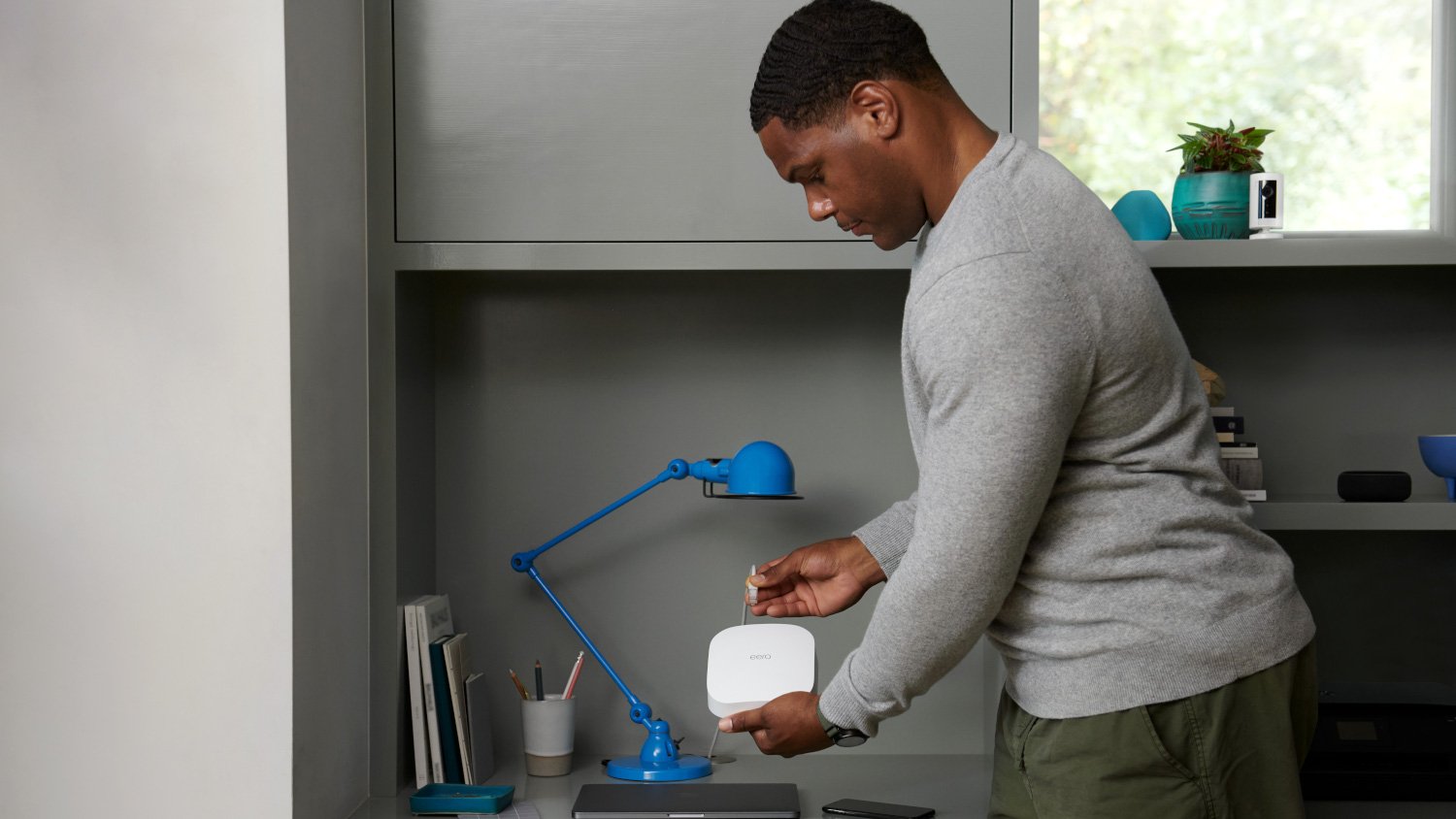Why unplugging your router every month is actually good for your Wi-Fi

It would be easy to assume that once you've set up your internet router and networking tech, you can forget about it. But it turns out, there are a few easy things that you can do to ensure that your internet connection is as fast and reliable as possible. One of those things is to turn your router off, wait a few seconds, and turn it back on again -- every could months.
That's even true if you aren't really experiencing any issues with your internet connectivity. Resetting your router can take care of a few issues under the hood that you might not even be aware of.
Here's why.

Everything you need to get an incredible Wi-Fi signal
The Eero Pro 6 brings excellent internet coverage to your home, thanks to its improved range and features like tri-band support. With Wi-Fi 6 the router will allow you to fully take advantage of your internet speed.
Your router is a tiny computer
You probably don't think of it like this, but your internet router is actually a tiny computer. There's a CPU, memory, and storage inside of it, just like a normal computer. And, like any other computer, it needs a bit of a refresh from time to time.
Rebooting the router could do any number of things that will benefit it. Sometimes, computers just freak out. Perhaps there's a bug that's causing the CPU to overheat. Or, perhaps the system is heavy trouble managing your router's memory. Whatever the issue, turning your router off and then back on again will likely fix it. And, the more advanced a router is, the more features it offers -- and the more features on offer, the more likely that something could go wrong.
Rebooting routers can rid them of malware
While most router-related issues are simply bugs, and can be easily fixed With a reset, some issues are more nefarious, and could happen in the background without your knowledge. For example, your router could have malware on it. This was found to be true in 2018, when it was discovered that as many as 500,000 routers were compromised with a malware named VPNFilter.
Now, the likelihood of this happening on a newer, smart router is lower, considering the fact that these routers often have smart security features that are updated as time goes on. Not only that, but a router like the Eero Pro 6 has access to Eero's security subscription service, Eero Secure+, which includes advanced security features that keep your router safe.
Smart routers can make rebooting easy
Traditional routers relatively easy to reboot -- simply turn the power off or unplug the router, then turn it back on or plug it back in after 10 seconds or so. But smart routers make this process even easier. For example, Eero routers can be reset by simply opening up the app and tapping on the Restart Network button in the settings. You don't even have to be near your router to do this.
When it's so easy to reboot your router, there's really no excuse not to.

Mesh networking features without a high price
The Eero 6 offers many of the same advantages as the Eero Pro 6, including Wi-Fi 6 support, but at a cheaper price. It's even backwards-compatible with previous Eero routers, plus it supports speeds of up to 900Mbps.
Get the latest news from Android Central, your trusted companion in the world of Android

